The side of Red Bull switch Perez underestimated
Sergio Perez outlines an area in which he was surprised how different his Red Bull F1 car was compared to his previous team’s machines
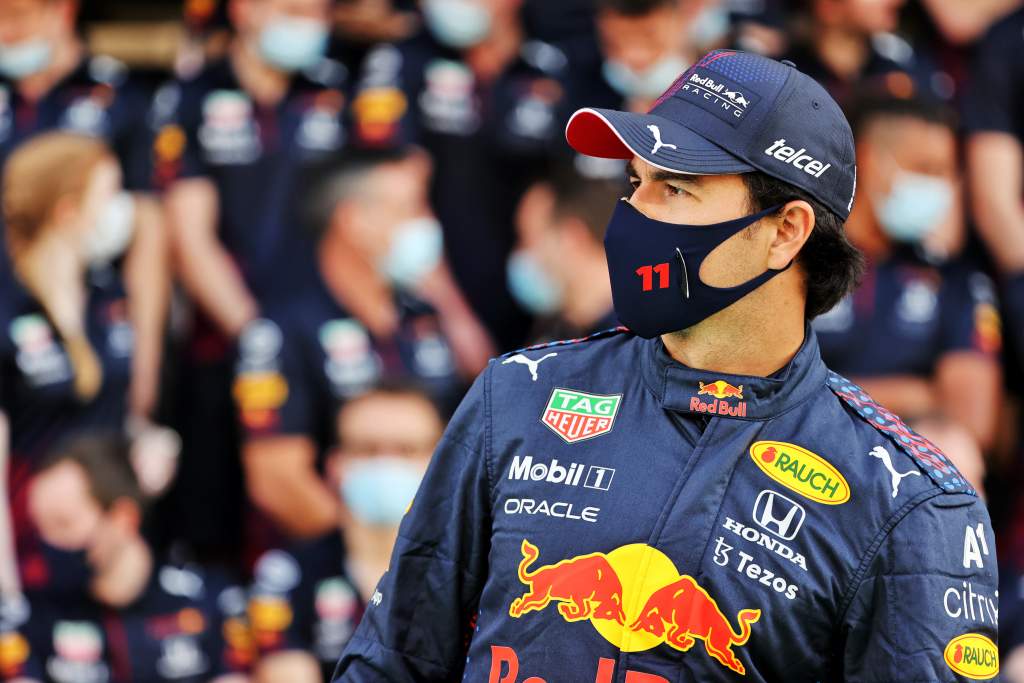
Sergio Perez underachieved in his first year with Red Bull. By his own admission, he “hoped for more” from a Formula 1 season in which team-mate Max Verstappen won the world championship.
There were many complicating factors around Perez’s Red Bull switch and many of them are well-understood: 1.5 days of pre-season testing, a very different car philosophy, the fact Red Bull is Verstappen’s team and the unenviable benchmark he poses.
What about the engine change from Mercedes to Honda? That’s something Perez says is on the list of things that “even as a driver, you underestimate until you live them”.
“Driving a different power unit, it’s a completely different task,” he says.
“Driving a completely different philosophy of car with the higher rake versus lower rate it’s a completely different task.
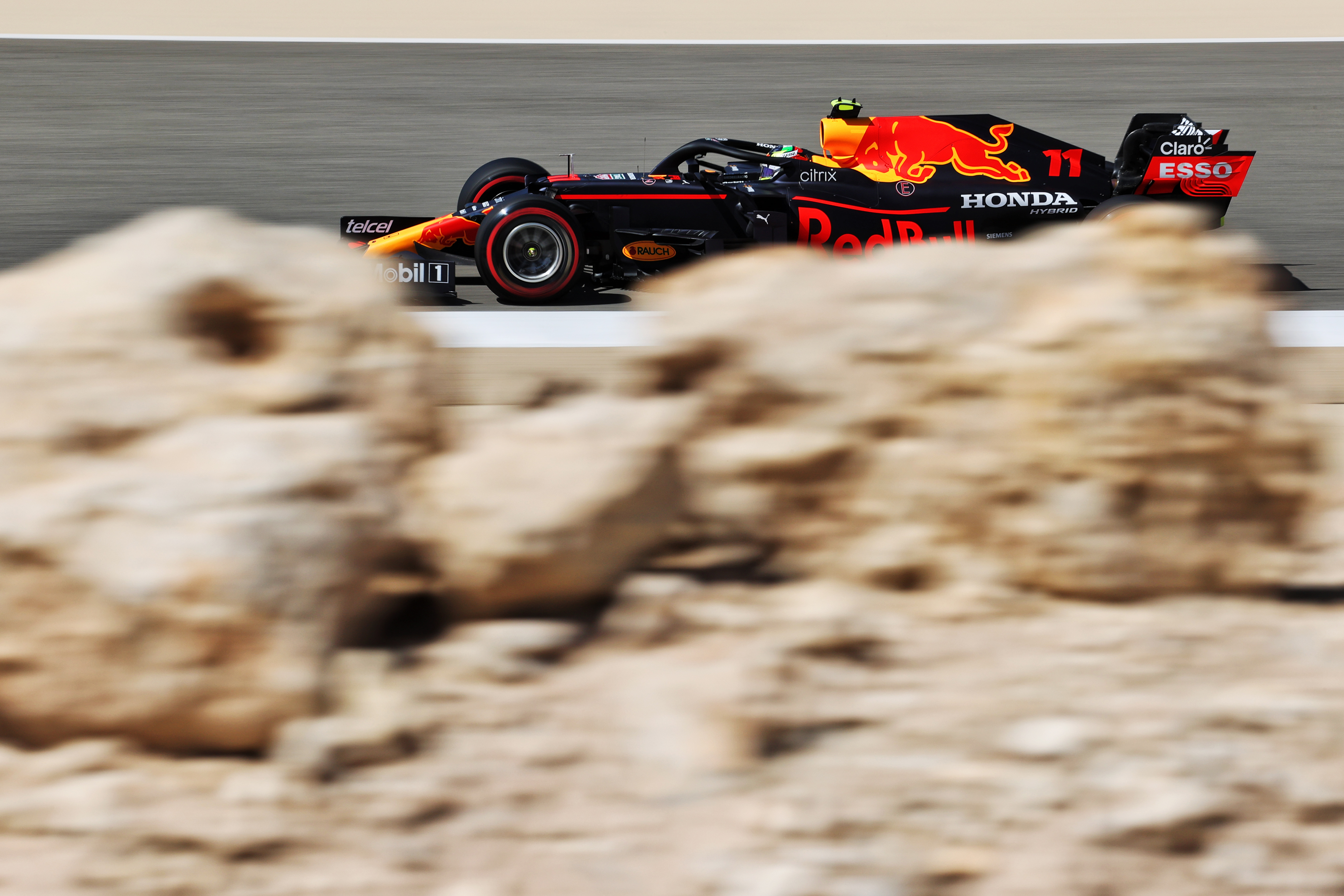
“The way you approach things is just extremely different and you have to learn new techniques. Basically, what I used to do, nothing really worked.
“It would be the same if Max went to Mercedes, for example. They are very different. They produce very similar laptimes but the way they get the laptime is extremely different.”
The change of team and car will obviously be integral to this challenge. While Perez tends to focus on pointing out that a high-rake car such as the Red Bull is something “I haven’t driven my whole career”, all the tools to maximise that car’s performance are alien when making a switch like this.
And Perez is right to concede that the engine element is underestimated.
Differential mapping has become such a dark art in F1 and understanding the dynamic effects of all those settings is vital. They vary from team-to-team, even when you move within the same engine group.
A power unit change will undoubtedly contribute to the complication as it’s interacting with power delivery, especially mid-corner and at corner exit. That means that the power unit characteristics have an impact on that.
Brake shapes are also team specific and the braking and harvest characteristics of a power unit interact with that.
And then there is the simplest stuff – on the surface, at least – like changing gear, and the muscle memory in when to change up. Power curves and the way the energy recovery system comes in are likely quite different.
Just like muscle memory is key with braking and turn-in techniques, timing an upshift to maximise the power curve or the effect on tyre life if you don’t short shift correctly will have a measurable difference on one-lap performance and time over a stint.
Especially considering Perez had only driven one kind of V6 turbo-hybrid power unit in F1, so switched with seven years of Mercedes knowledge entrenched in his brain – then piled into the season with a day and a half to try to replace that.
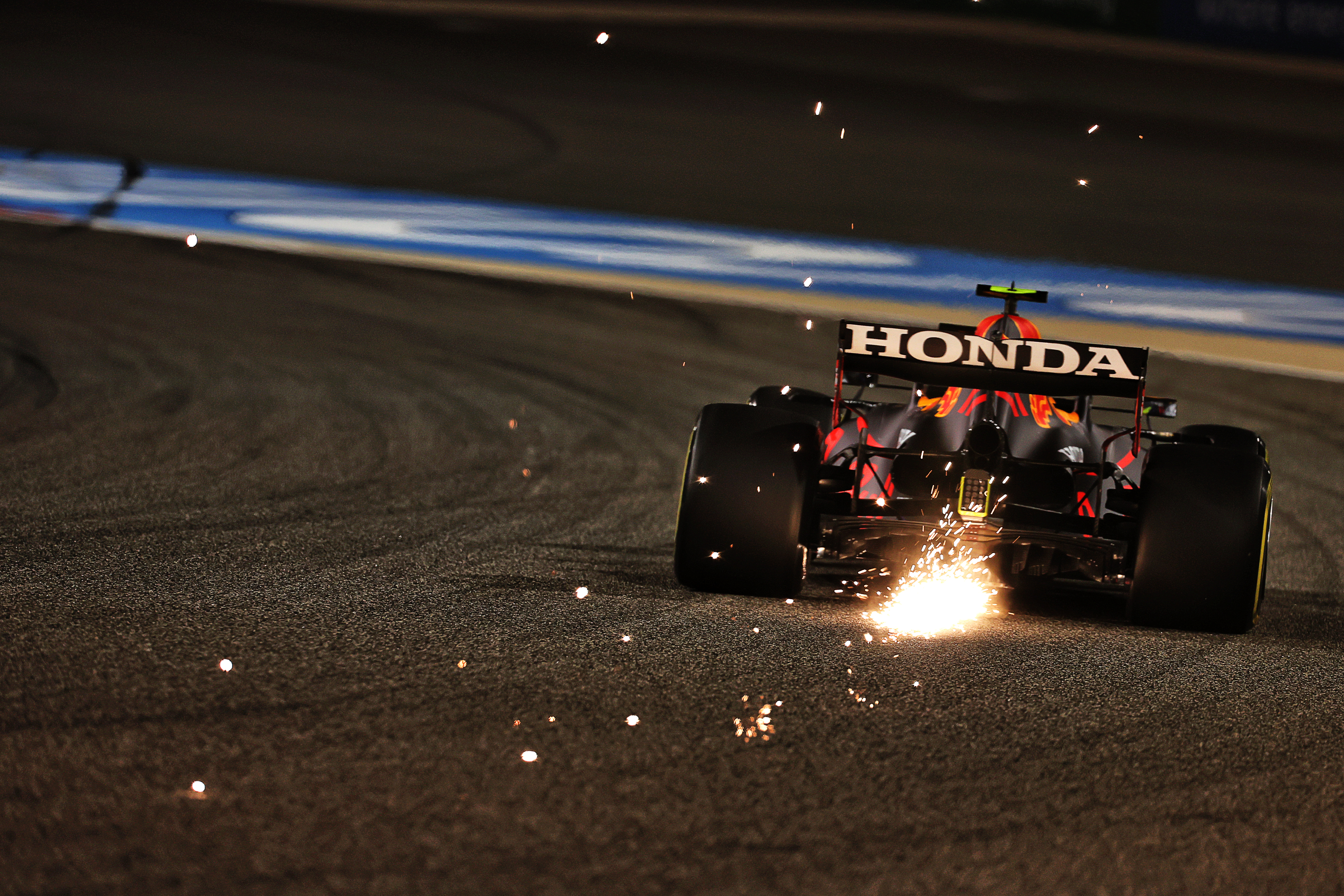
So while Perez had the capacity to learn how to restart his car unassisted after his engine cut off on the formation lap in Bahrain, for example, the finer details that are actual performance differentiators (even on a tiny level) aren’t so easy to absorb.
That contributed to the clear upwards trend in performance and results that Perez enjoyed in the second half of the year.
“Now I finally understood how to drive a car, how to exploit the maximum amount of it,” he says.
“And that’s why the results have been a lot better.”
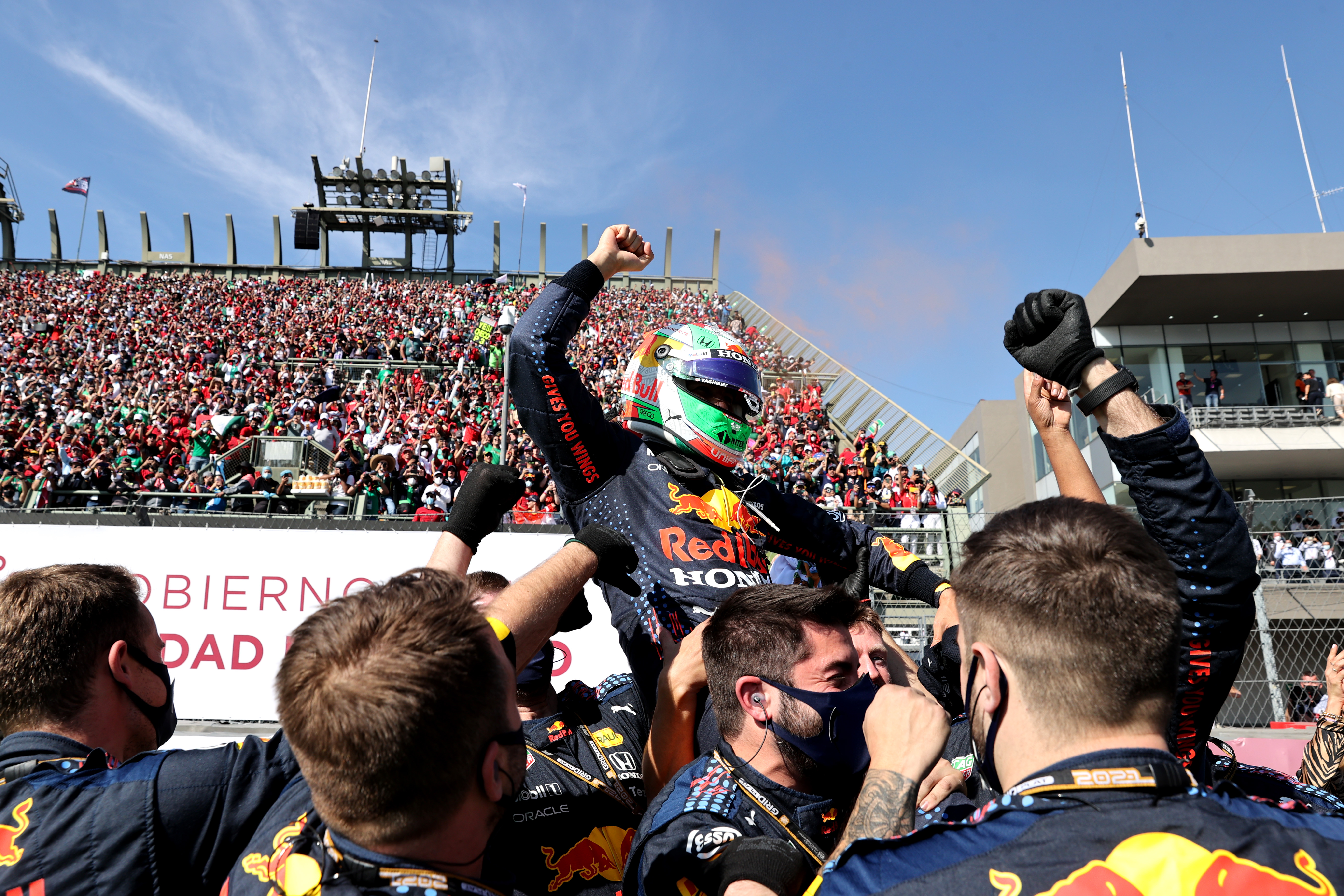
Three of Perez’s five podiums came in the last seven grands prix. He just missed out on another in Qatar after a bizarrely poor qualifying result, was an unfortunate victim of Saudi Arabia’s restart madness, and retired while a comfortable third in Abu Dhabi – where he played a starring role in disturbing Lewis Hamilton in Verstappen’s quest to win the title.
It’s not a stretch to say Perez could have finished each of the final eight races of 2021 in the top four and at least half of those should have been podium finishes. That’s a clear improvement from the five top-four results he managed in the first 14 grands prix.
The point is that while Perez was never truly stunning even at his best in 2021 and his main limitation up against Verstappen will be his underlying level of ability rather than the nuances of a Honda power unit, there was clear evidence of Perez operating at a better standard once he felt properly familiar with his machinery.
“It has been a slow adaptation,” he admits, “but to a very different car, very different engine.
“There were a lot of things to learn with a new team, with no testing basically. Before the first race I did a day and a half. I’d done nothing before the first race.
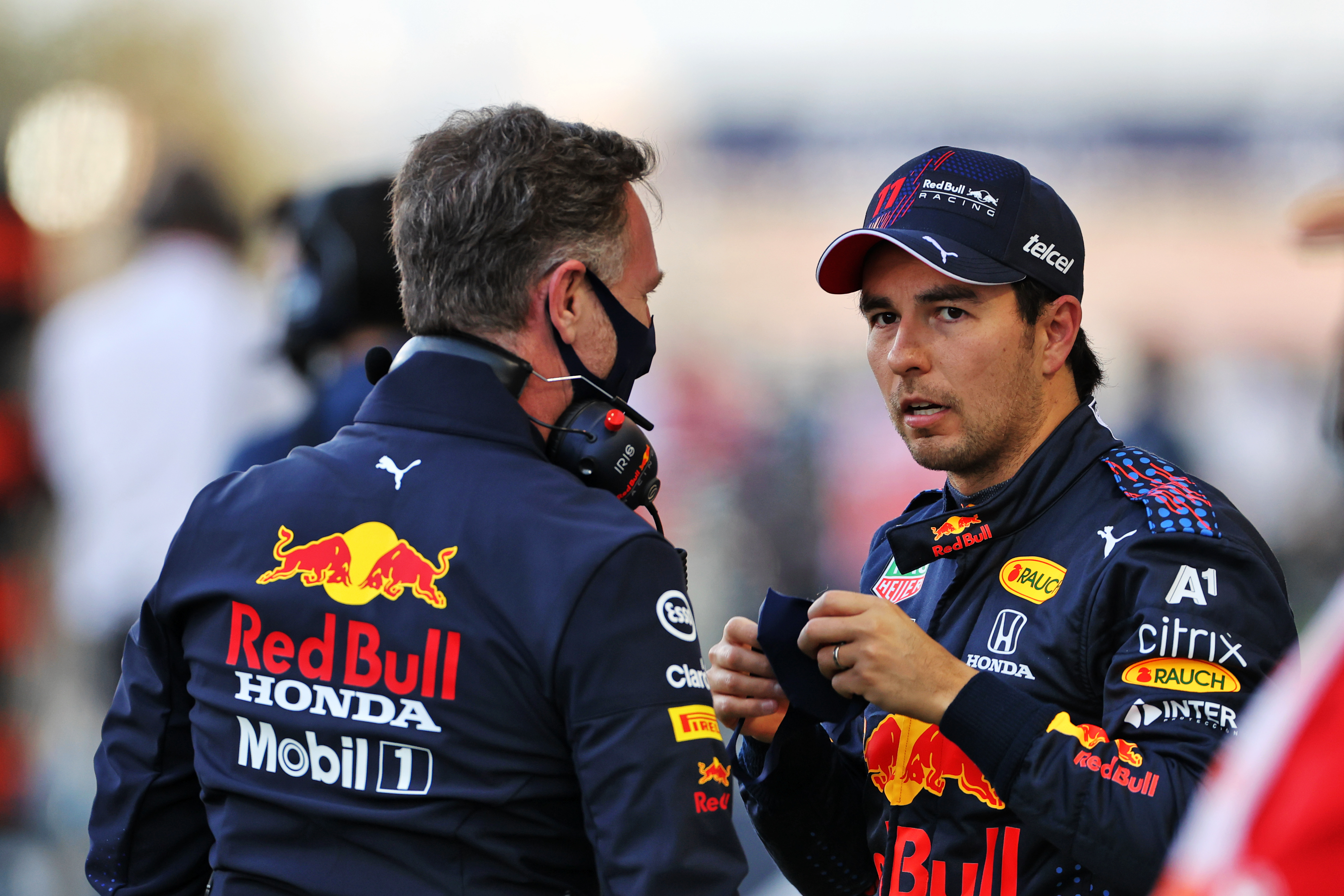
“But all in all, I think it’s been a promising season. Obviously, I will have hoped for more, but it is what it is. And I keep pushing.
“We’ve had some positive days, we have some negative ones, but we will only get stronger. We already have a baseline that we can work from. So that makes a huge difference.
“I already know the people, I already know who to ask for what, and how to get the most out of every single individual around me.
“So that’s a very different picture.”



